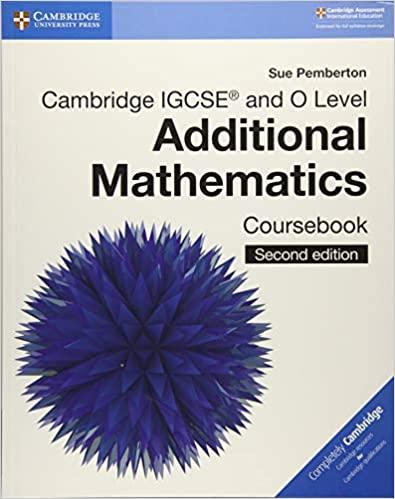Answered step by step
Verified Expert Solution
Question
1 Approved Answer
Why is the probability that a continuous random variable is equal to a single number zero? (i.e. Why is P(X=a)=0 for any number) In what
- Why is the probability that a continuous random variable is equal to a single number zero? (i.e. Why is P(X=a)=0 for any number)
- In what ways can a quick drawing of the normal curve (not a detailed empirical rule drawing but a simple one like that shown in the instructor's video) be used to estimate or verify your answer to a problem like practice exercises 2-4?
- The empirical rule says that 95% of the population is within 2 standard deviations of the mean, but when I find the z-scores that mark off the middle 95% of the standard normal distribution I calculate -1.96 and 1.96. Is this a contradiction? Why or why not? In other words why are the normal distribution calculators not agreeing with the empirical rule?
- Suppose you randomly select an individual from a population that is normally distributed and they are above average. When you find out the probability of randomly selecting that individual is very very small, what are some possible explanations? In other words what does this very very small probability suggest?
Step by Step Solution
There are 3 Steps involved in it
Step: 1

Get Instant Access to Expert-Tailored Solutions
See step-by-step solutions with expert insights and AI powered tools for academic success
Step: 2

Step: 3

Ace Your Homework with AI
Get the answers you need in no time with our AI-driven, step-by-step assistance
Get Started


